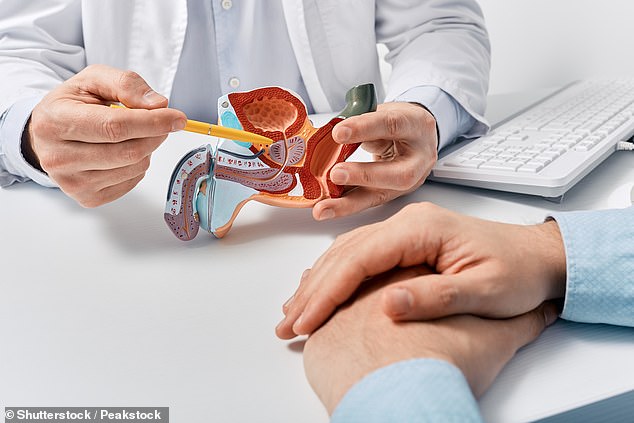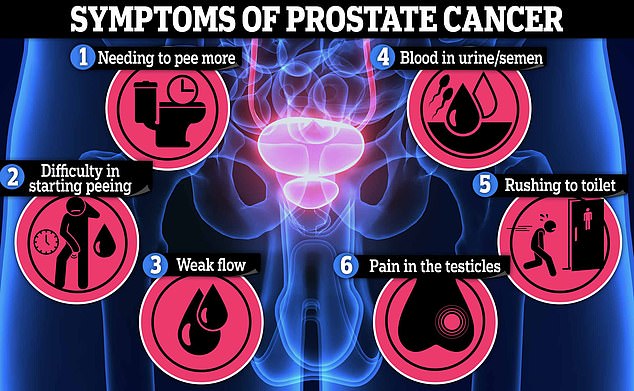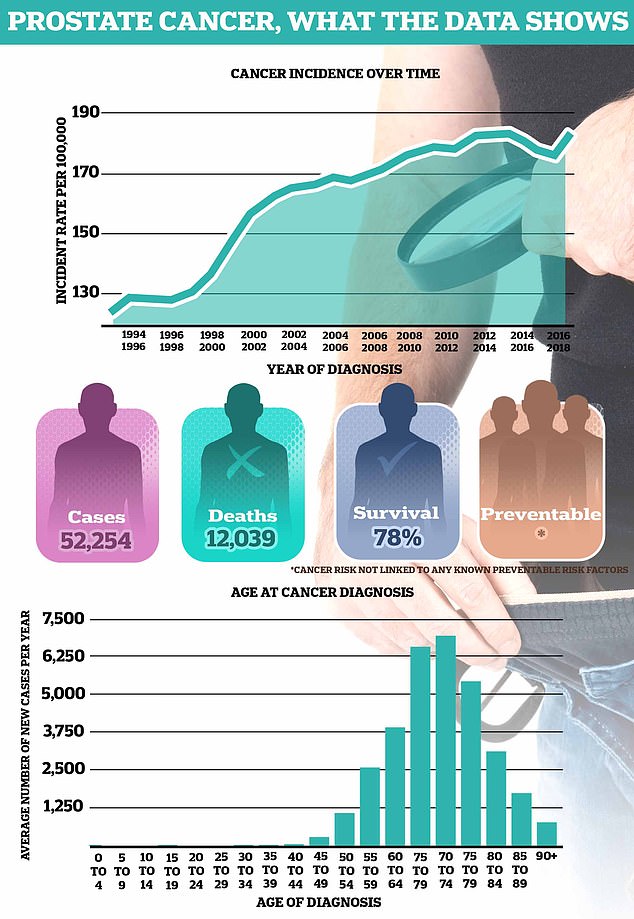Men with long ring fingers have up to a 10% higher risk of prostate cancer
A new study shows that men with relatively long ring fingers have a greater risk of prostate cancer.
New research shows they are up to 10 percent more likely to develop the disease, which is diagnosed in around 55,000 men each year in the UK.
According to a study in Cancer Epidemiology, men with longer ring fingers relative to their index fingers have a 15 percent higher risk of developing aggressive cancer.
Exposure to higher testosterone levels in the womb is thought to be responsible for both the finger ratio and the higher risk of cancer.
According to researchers, the ratio between the index and ring fingers – the so-called 2D-4D ratio – could become a marker for disease risk.
Men with relatively long ring fingers may be more likely to develop prostate cancer, according to a new study

According to a study in Cancer Epidemiology, men with long ring fingers relative to their index fingers were 15 percent more likely to develop aggressive cancer.


Prostate cancer is the most common cancer in men, with more than 52,000 diagnoses and 12,000 deaths each year
Scientists from the University of Quebec said: ‘Our results suggest that high testosterone levels in the uterus may increase the risk of prostate cancer, especially in aggressive forms of cancer.’
‘The 2D:4D ratio could be an easily measured marker of prostate cancer risk.’
The study involved approximately 4,000 men, half of whom had been diagnosed with prostate cancer. Their finger ratios were measured.
The ratio, calculated by dividing the length of the index finger by the length of the ring finger, is said to indicate exposure to sex hormones in the womb.
